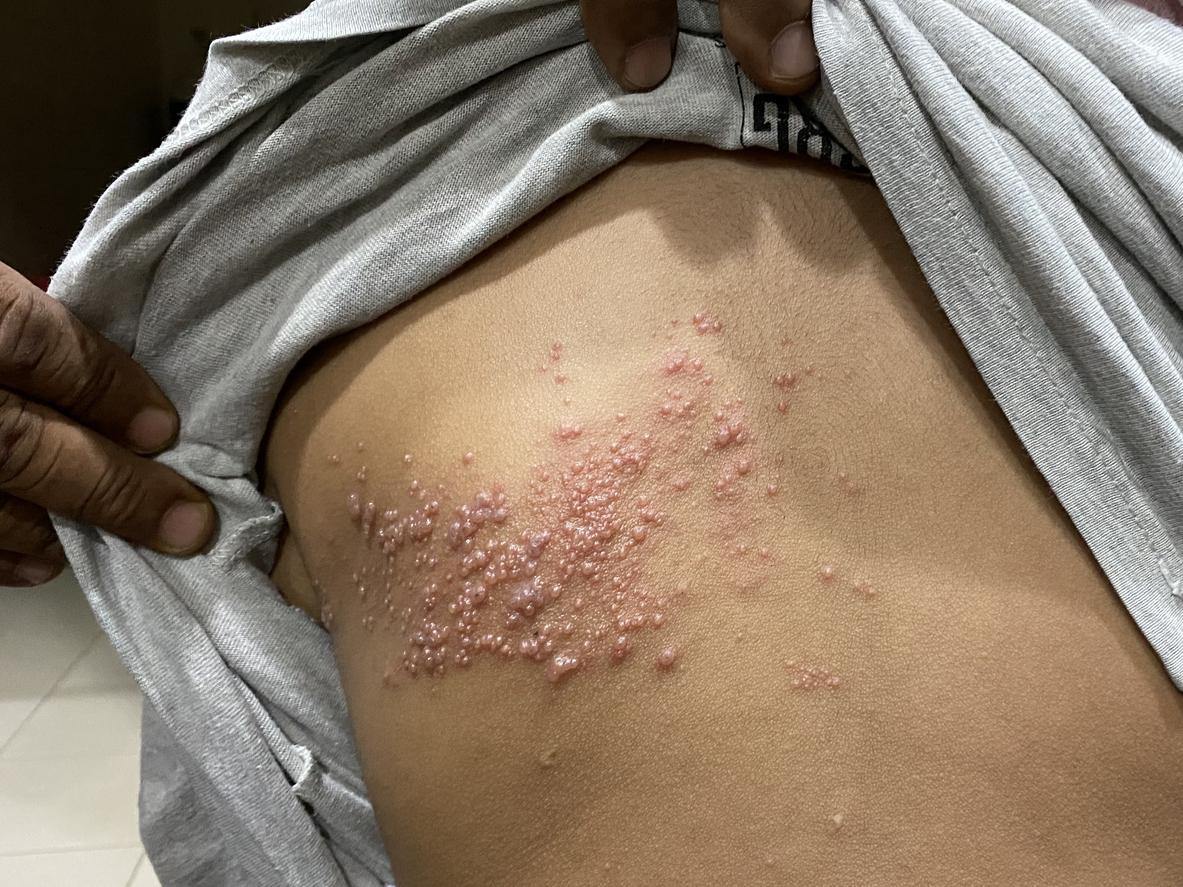Could well-known childhood viruses be responsible for the mysterious severe childhood hepatitis that broke out last spring? While the first cases were declared in Scotland at the end of March 2022, they proliferated in other countries, to the point that in July, the WHO counted 1,010 probable cases reported in 35 countries. A total of 46 children required liver transplants and 22 succumbed to the disease.
If the origin of these infections has long remained unknown, three new studies (one English, one American and one Scottish) published jointly this Thursday, March 30 in the journal Nature provided a first explanation. According to them, a virus very frequently contracted in childhood could play a key role in these infections: the adeno-associated virus (AAV2).
It was indeed found at high levels in the vast majority of sick children included in the three studies: 93% in the United States, 81% in Scotland and 96.4% in England. Conversely, in children who served as “control”, the AAV2 virus was much less present. If it normally causes only a weak immune reaction, it could be able to replicate in liver cells in the presence of a so-called “helper” virus, a reaction then responsible for hepatitis.
In the US study, 13 out of 14 children were infected with Epstein-Barr viruses or HHV-6B human herpesviruses. In the British, the same herpesviruses were detected, as well as adenoviruses. In all the infected children, the researchers also detected a gene involved in the identification of infected cells by the immune system.
A co-infection with AAV2, an adenovirus and a herpesvirus
For the most serious cases of hepatitis requiring liver transplant, the researchers noted a more frequent co-infection by three viruses at the same time: AAV2, an adenovirus and a herpesvirus. In parallel, the analysis of the livers removed from the transplanted children also showed a sign of the dysregulation of the immune system.
But why did these cases particularly emerge in the spring of 2022? According to the researchers, the barrier measures put in place to fight the Covid-19 pandemic may have limited the circulation of the various viruses, thus preventing children from being immunized. “The immune vulnerability gene identified in young Scottish patients is particularly common in populations from Northern Europe, Ireland and Scotland. But the United Kingdom was proportionally hit harder.underlines the virologist Judith Breuer, author of the study.
If cases now appear to be under control, it is recommended to take good care of children’s hand hygiene and make sure that surfaces are disinfected, contamination with an adenovirus was generally via the faecal-oral route.
Source :
- Adeno-associated virus type 2 in US children with acute severe hepatitis, NatureMarch 30, 2023


















